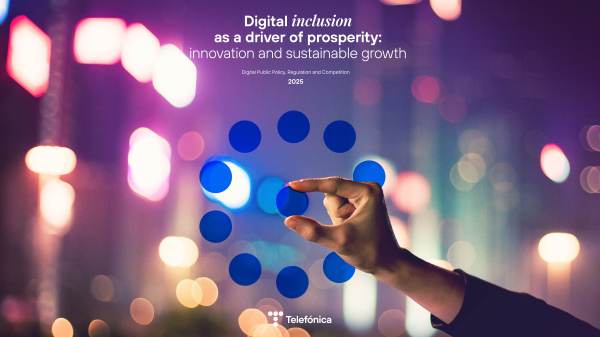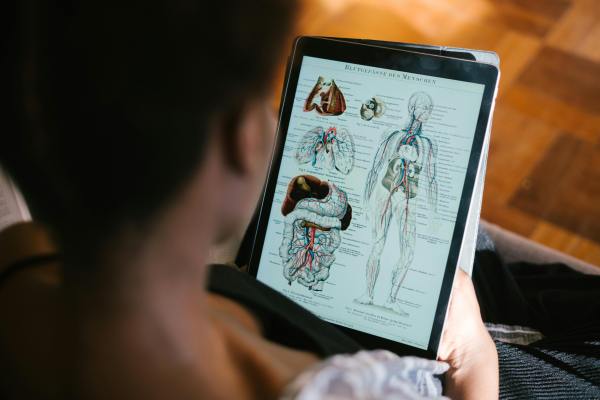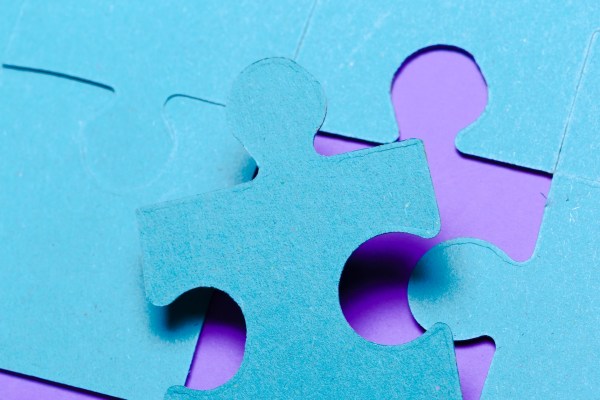Achieving full digital inclusion requires progress in the development of the digital economy, building digital trust and, of course, overcoming the digital divide.
Given the unprecedented digital transformation we are currently experiencing, both improvements in connectivity and the development of new technologies are ways to open up new opportunities to boost social and economic development.
When asked the question ‘How can the digital divide be reduced?’, it should be clarified that we should first identify the type of divide we are facing.
Actions to bridge the digital divide
Actions to reduce the digital divide vary depending on the type of divide we are talking about, as we have just mentioned: coverage or usage. To make progress in closing these gaps, Telefónica proposes a Digital Inclusion Compass.
Closing the coverage or access gap
While it is true that the coverage gap has been closing significantly in recent years, it is not yet fully closed. Globally, it has been reduced to 5%, although there are still differences by region.
In order to make this percentage even lower, to continue to make progress in closing the coverage gap and to reach remote, rural areas and/or areas with great difficulties in access, Telefónica proposes the following measures to make progress in closing the coverage gap:
- Alliances and public-private cooperation to support new technologically innovative projects with a social benefit purpose through public policies aimed at favouring both infrastructure sharing and alliances to accelerate the deployment of networks.
- Innovate or redesign network financing mechanisms such as green financing or greater public support for the deployment of telecommunications networks.
- Simplify and make regulation more flexible so that the costs of network deployment continue to fall, thereby removing barriers to infrastructure and spectrum sharing.
Closing the usage gap
In terms of how to close the usage gap, Telefónica highlights the following possible courses of action:
- Affordable devices and access. A first step for society as a whole to be able to access all basic digital tools is for both devices and Internet access services to be affordable.
- Public-private collaboration to ensure that access to digital skills is provided on equal terms, by incorporating the necessary skills into education systems or promoting lifelong learning to enhance employability.
- Relevant content and accessible services. Another important point in bridging the digital divide is that the content created should be of interest or adapted to regional or local realities and that the inclusion of people with disabilities should be a reality.
- Reliable and responsible governance. Security, privacy and fundamental rights must be the principles on which the governance model of the digitisation process is based to promote digital trust and usage..
Telefónica, for a connected and inclusive future
‘Digital inclusion is a strategic priority, and we recognise that connectivity alone is not enough. Innovation, investment in emerging technologies, partnerships, digital literacy and training programmes, and public-private partnerships to close the usage gap demonstrate our commitment to a connected and inclusive future’.
This is Telefónica’s clear position on the digital divide and digital inclusion, a company that contributes to closing the coverage gap wherever it operates.
This is corroborated by the fact that the century-old operator is the leader in the deployment of ultra-broadband with 168 million homes passed (28 million of them in Spain alone) by 2022.
It has also reached 99% 4G coverage in Europe and 87% in Latin America, as well as leading 5G coverage in Spain, reaching 85% of the population.
A commitment that goes beyond merely extending coverage, as Telefónica wants to ‘achieve significant connectivity by improving the capacity and quality of existing networks’ so that the network can serve as a catalyst for digital transformation, facilitating the application of digital services and new technologies, thereby increasing the well-being of citizens and business competitiveness.










